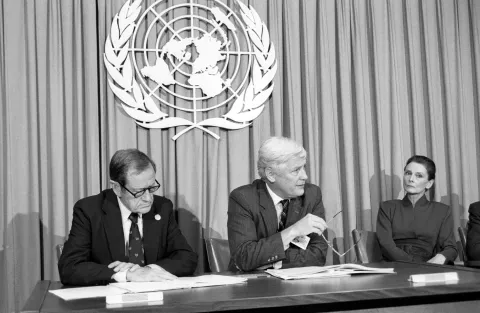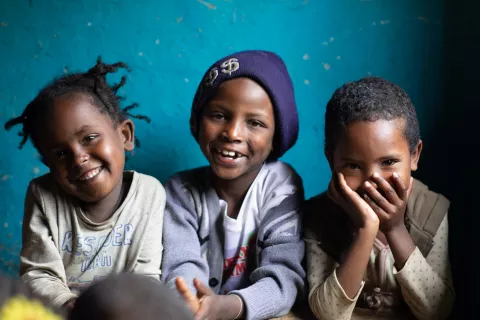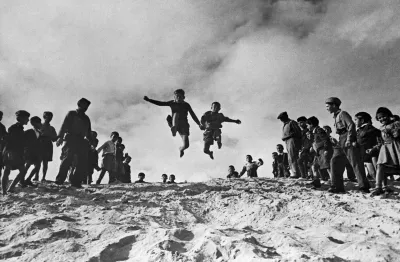UNICEF Annual Report
For over 75 years, UNICEF has been working tirelessly for child rights and for the well-being of every child. Whoever they are. Wherever they live. Since UNICEF was established, in the aftermath of World War II, we have been at the frontlines of humanitarian crises, armed conflict and natural disasters. Our on-the-ground expertise has reached more…, From the archives, 2021, See the full report, 2020, Responding to COVID-19 See the full report, 2019, For every child, reimagine See the full report, 2018, For every child, every right See the full report, 2017, See the full report, 2016, See the full report, 2015, See the full report, 2014, See the full report, 2013, See the full report, 2012, See the full report, 2011, See the full report, 2010, See the full report, 2009, See the full report, 2008, See the full report, 2007, See the full report, 2006, See the full report, 2005, See the full report, 2004, See the full report, 2003, See the full report, 2002, See the full report, 2001, See the full report, 2000, See the full report, 1999, See the full report, 1998, See the full report, 1997, See the full report, 1996, See the full report, 1995, See the full report, 1994, See the full report, 1993, See the full report, 1992, See the full report, 1991, See the full report, 1990, See the full report, 1989, See the full report, 1988, See the full report, 1987, See the full report, 1986, See the full report, 1985, See the full report, 1984, See the full report, 1983, See the full report, 1982, See the full report, 1981, See the full report, 1980, See the full report, 1979, See the full report, 1978, See the full report, 1977, See the full report, 1976, See the full report, 1975, See the full report, 1974, See the full report, 1973, See the full report, 1972, See the full report














